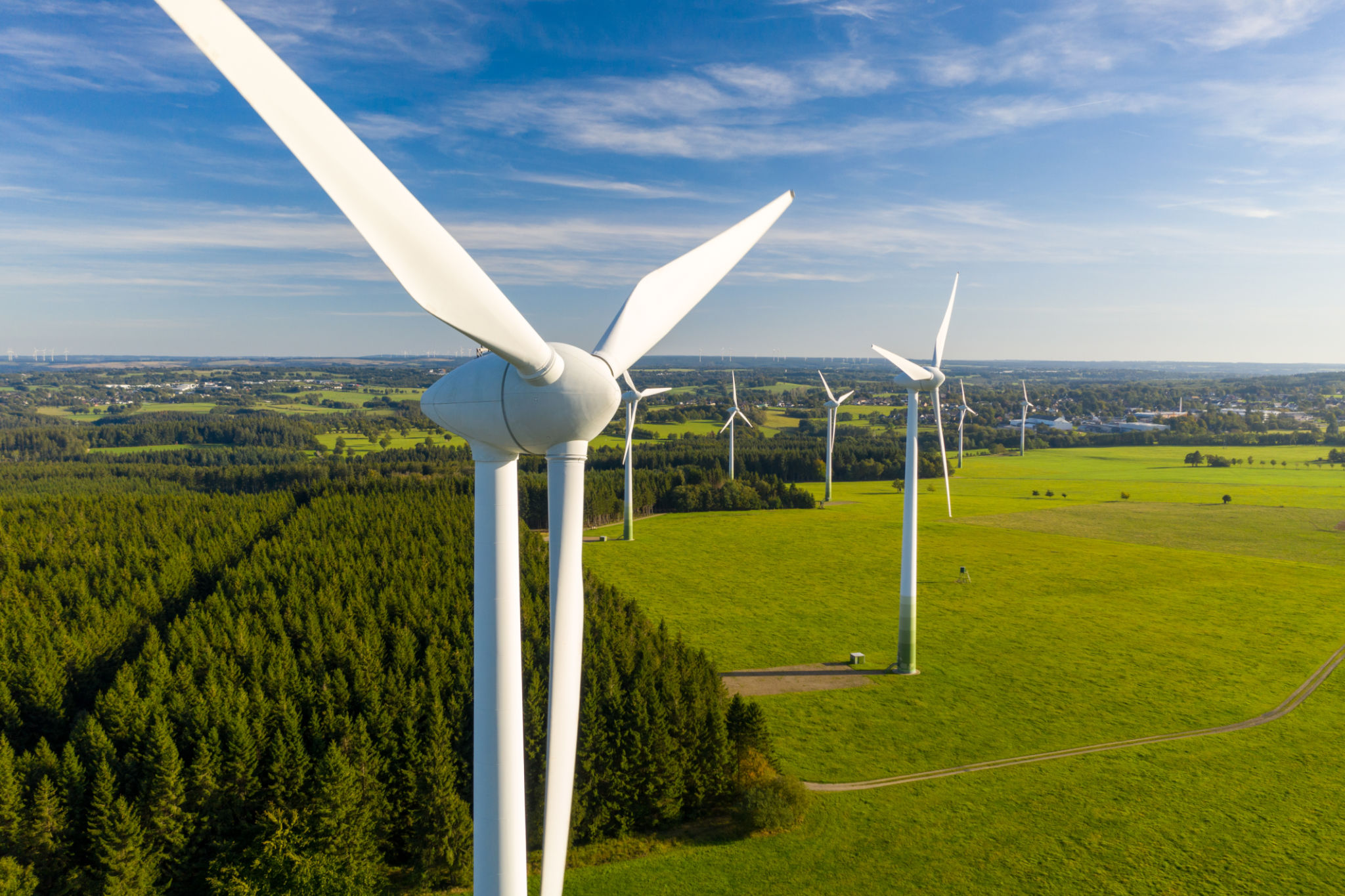Comprehensive Guide to Sustainable Compressed Air Solutions
Understanding Compressed Air Solutions
Compressed air is an essential resource in various industries, powering tools and machinery and contributing to production efficiency. However, the traditional methods of generating compressed air often involve significant energy consumption, leading to increased operational costs and environmental impact. As businesses strive for sustainability, exploring more eco-friendly compressed air solutions becomes imperative.

Components of a Sustainable Compressed Air System
Creating a sustainable compressed air system involves several key components. Firstly, energy-efficient compressors are crucial. These compressors reduce energy usage without compromising performance. Secondly, implementing advanced filtration systems can enhance air quality and extend equipment lifespan. Lastly, integrating smart monitoring tools allows for real-time analysis and optimization of the entire system.
By focusing on these components, businesses can not only reduce their carbon footprint but also experience significant cost savings over time. The initial investment in sustainable solutions often pays off through lower energy bills and reduced maintenance costs.
Benefits of Sustainable Compressed Air Solutions
Adopting sustainable compressed air solutions offers numerous benefits. Here are some key advantages:
- Reduced Energy Consumption: Sustainable systems are designed to use less energy, which directly translates to lower operational costs.
- Improved Equipment Longevity: By maintaining optimal air quality, these systems help prolong the life of tools and machinery.
- Environmental Impact: Reduced carbon emissions contribute to a more sustainable future.

Steps to Implement Sustainable Solutions
Transitioning to a sustainable compressed air system involves several strategic steps. First, conduct an energy audit to assess current usage and identify areas for improvement. Next, select the right equipment, focusing on models that offer high efficiency and low emissions. Finally, train staff on best practices for operation and maintenance to ensure the system runs optimally.
Regular monitoring and maintenance are essential for maximizing efficiency. Utilizing smart technology can provide valuable insights into performance metrics, helping to identify potential issues before they become costly problems.
Case Studies: Successful Implementations
Several companies have successfully implemented sustainable compressed air solutions, resulting in impressive outcomes. For instance, a manufacturing plant that upgraded its compressors reported a 30% reduction in energy consumption within the first year. Another example is a food processing facility that integrated smart monitoring tools, achieving a 20% increase in system efficiency.

Future Trends in Compressed Air Technology
The future of compressed air technology looks promising, with ongoing advancements aimed at enhancing sustainability. Innovations such as variable speed drives and energy recovery systems are gaining traction, offering even greater efficiency and cost savings. Additionally, the integration of AI and IoT technologies is expected to revolutionize system monitoring and maintenance.
By staying informed about these trends, businesses can proactively adapt and remain competitive in an increasingly eco-conscious market.
Conclusion: Embracing Sustainability
Sustainable compressed air solutions are not just a trend but a necessity for modern businesses seeking operational efficiency and environmental responsibility. By implementing these solutions, companies can enjoy reduced costs, enhanced performance, and a strong commitment to sustainability.
As industries continue to evolve, embracing sustainable practices will be crucial for long-term success. Investing in eco-friendly compressed air systems represents a significant step toward achieving these goals.
